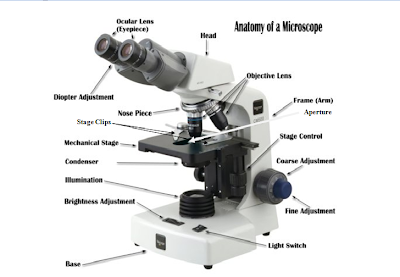Grid Computing
In the 1980s “internetworking protocols”
allowed us to link any two computers, and a vast network called the internet
exploded around the globe. In the 1990s the “hypertext transfer protocol”
allowed us to link any two documents, and a vast, online library-cum-shopping-mall called the World Wide
Web exploded across the Internet. Now, fast-emerging “grid protocols”
might allow us to link almost anything else: databases, simulation and
visualization tools, even the number-crunching power of the computers
themselves. And we might soon find ourselves in the midst of the biggest
explosion yet.
“We’re moving into a future in which
the location of [computational] resources doesn’t really matter,” says Argonne
National Laboratory’s Ian Foster. Foster and Carl Kesselman of the University
of Southern California’s Information Sciences Institute pioneered this
concept, which they call grid computing in analogy to the electric grid, and
built a community to support it. Foster and Kesselman, along with Argonne’s
Steven Tuecke, have led development of the Globus Toolkit, an open-source implementation
of grid protocols that has become the de
facto standard. Such protocols promise to give home and office machines the
ability to reach into cyberspace, find resources wherever they may be, and
assemble them on the fly into whatever applications are needed.
Imagine, says Kesselman, that you’re
the head of an emergency response team that’s trying to deal with a major
chemical spill. “You’ll probably want to know things like, What chemicals are
involved? What’s the weather forecast, and how will that affect the pattern of dispersal?
What’s the current traffic situation, and how will that affect the evacuation
routes?” If you tried to find answers on today’s internet, says Kesselman,
you’d get bogged down in arcane
log-in procedures and incompatible software. But with grid computing it
would be easy: the grid protocols provide standard mechanisms for discovering,
accessing, and invoking just about any online resource, simultaneously
building in all requisite safeguards for security and authentication.
Construction is under way on dozens of distributed grid computers around the world-virtually
all of them employing Globus Toolkit. They’ll have unprecedented
computing power and applications ranging from genetics to particle physics to
earthquake engineering. The $88 million TeraGrid of the U.S. National Science
Foundation will be one of the largest. When it’s completed later this year, the general-purpose, distributed supercomputer
will be capable of some 21 trillion floating-point operations per
second, making it one of the fastest computational systems on Earth. And grid
computing is experiencing an upsurge of support from industry heavyweights
such as IBM, Sun Microsystems, and Microsoft. IBM, which is a primary partner
in the TeraGrid and several other grid projects, is beginning to market an
enhanced commercial version of the Globus Toolkit.
|
Others in Grid
Computing
|
|
RESEARCHER
|
PROJECT
|
|
Andrew
Chien
Entropia
|
Peer-to-Peer
Working Group
|
|
Andrew
Grimshaw
Avakii
University of Virginia
|
Commercial
grid software
|
|
Miron
Livny
University
of Wisconsin, Madison
|
Open-source
system to harness idle workstations
|
|
Steven
Tuecke
Argonne
National Laboratory
|
Globus
Toolkit
|
Out of Foster and Kesselman work’s
on protocols and standards, which began in 1995, “this entire grid movement
emerged,” says Larry Smarr, director of the California Institute for
Telecommunications and Information Technology. What’s more, Smarr and others
say, Foster and Kesselman have been instrumental in building a community
around grid computing and in advocating its integration which two
related approaches: peer-to-peer computing, which brings to bear the power of idle
desktop computers on big problems in the manner made famous by SETI@home, and
Web services, in which access to far-flung
computational resources is provided through enhancements to the Web’s hypertext
protocol. By helping to merge these three powerful movements, Foster and
Kessleman are bringing the grid revolution much closer to reality. And that
could mean seamless and ubiquitous access to unfathomable
computer power.



 RSS Feed
RSS Feed Twitter
Twitter

 12:09 PM
12:09 PM
 Unknown
Unknown





